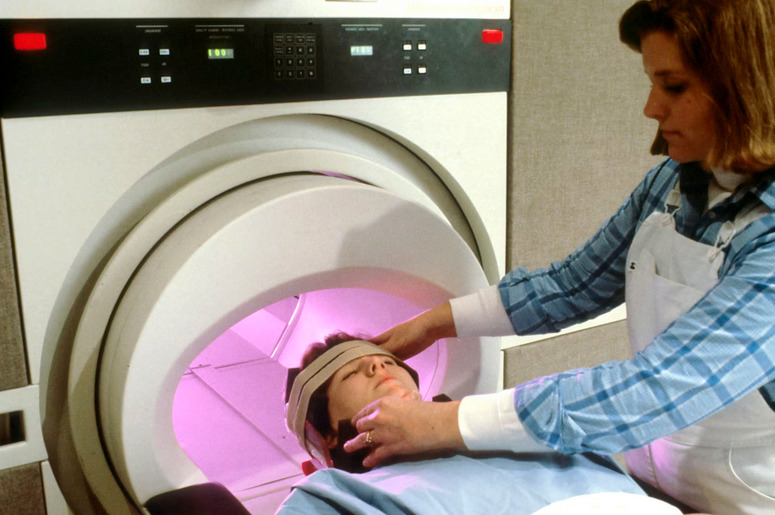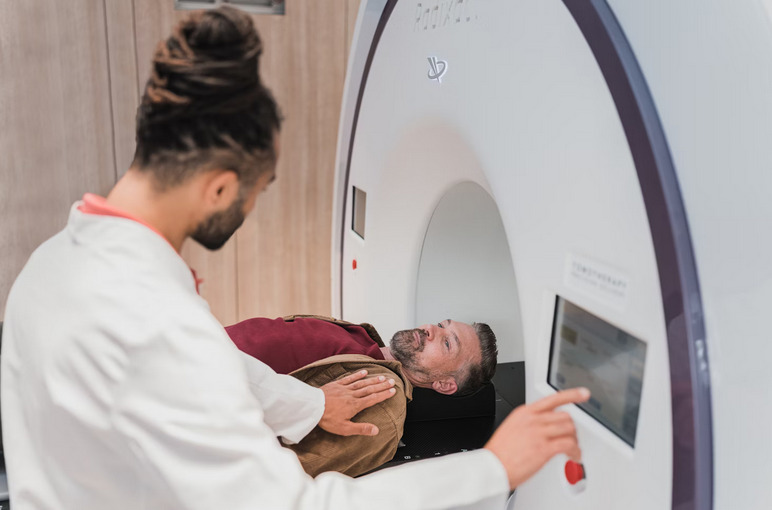MRI vs. CT Scan: Choosing the Right Imaging Modality for Spinal Issues

Having severe back pain can be a daunting experience, especially when you have no idea what’s causing it. It could be due to a muscle strain, herniated disc, or a more serious condition like spinal stenosis. To properly diagnose and craft the best treatment plan for your back pain, your physician may recommend imaging tests such as MRI (magnetic resonance imaging) or CT scan (computed tomography).
Both MRI and CT scans are versatile imaging modalities used to assess various spinal conditions. They both provide detailed images of the bones and every other soft tissue in the spine. Today, we’ll take a closer look at these imaging tests and the key differences that can help you choose the right modality for your spinal issues.
The Principle of Imaging and Main Purposes

When it comes to imaging spinal issues, both MRI and CT scans play crucial roles in providing detailed pictures of the internal structures. An MRI basically uses a magnetic field and radio waves to create high-resolution images of soft tissues like discs, nerves, and ligaments. This can easily identify abnormalities such as herniated discs, spinal tumors, or nerve compression with exceptional clarity.
On the other hand, a CT scan utilizes X-rays to produce cross-sectional images that show bones and some soft tissues. So, it is often used for detecting fractures and bone injuries or assessing bony structures in detail.
Image Quality
MRI scans excel at producing detailed images of soft tissues like muscles, nerves, and discs. The high-resolution images offer clear insights into any abnormalities present within the spinal region.
On the other hand, CT scans are proficient at capturing detailed images of bones and hard tissues. While they may not provide as much clarity when it comes to soft tissue visualization compared to MRIs, they are valuable in assessing fractures or structural anomalies in the spine.

Radiation Exposure
Now, let’s talk about radiation exposure along with the risks that might come with it. CT scans essentially use X-rays to generate detailed images of the inside of the body. While these images are valuable for diagnosing various conditions, they do involve exposure to ionizing radiation. This type of radiation can potentially increase the risk of developing cancer over time.
On the other hand, MRIs do not use ionizing radiation but instead rely on magnetic fields and radio waves to produce images. This makes MRIs a safer option in terms of avoiding radiation exposure and a better imaging modality to pinpoint the source of the problem of your back pain.
Diagnostic Capabilities

Since an MRI scan provides detailed soft tissue visualization, it’s such an ideal option for detecting herniated discs, spinal cord compression, or tumors. On the other hand, CT scans are better at showcasing bone structures and are useful for identifying fractures or degenerative changes.
Moreover, MRI scans offer multi-planar imaging capabilities that allow for a comprehensive view of the spine from different angles. This can be particularly beneficial when assessing complex conditions like spinal stenosis or nerve impingement. In contrast, CT scans provide quick results and are preferred in emergencies due to their ability to rapidly evaluate traumatic injuries such as fractures or dislocations.
Bottom Line
Now, let’s come down to the big question: Which imaging modality should you choose? Both imaging modalities have strengths and limitations, making them suitable for different situations. But here is a guide for you. If you need detailed images of soft tissues like nerves or ligaments, an MRI is the way to go. Its superior image quality and lack of radiation make it ideal for diagnosing conditions such as herniated discs or spinal tumors.
On the other hand, if you require fast results and are not able to undergo an MRI due to medical reasons, a CT scan might be more appropriate. While it exposes you to some radiation, it can provide clear images of bone structures like fractures or degenerative changes in the spine.


